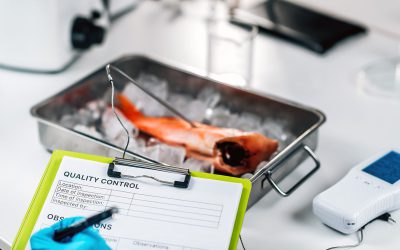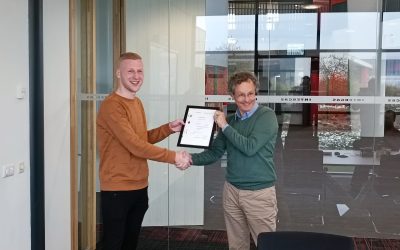From theory to practice: Junior Consultant at Stoneridge
Immediately enthusiastic
“I got to know Symbol during my time as team manager of the Solar Team Eindhoven, a TU Eindhoven student team,” Wisse begins. “With this team we built the Stella Terra, the first off-road car that runs on energy from the sun. Symbol was a partner in this project. When I was asked if I wanted to come work for Symbol until the start of my master’s in September 2024, I was immediately enthusiastic. It employs passionate people with many different backgrounds, it dovetailed well with my studies in Technical Business Administration ánd they offered me a challenging assignment. So the choice was quickly made.”
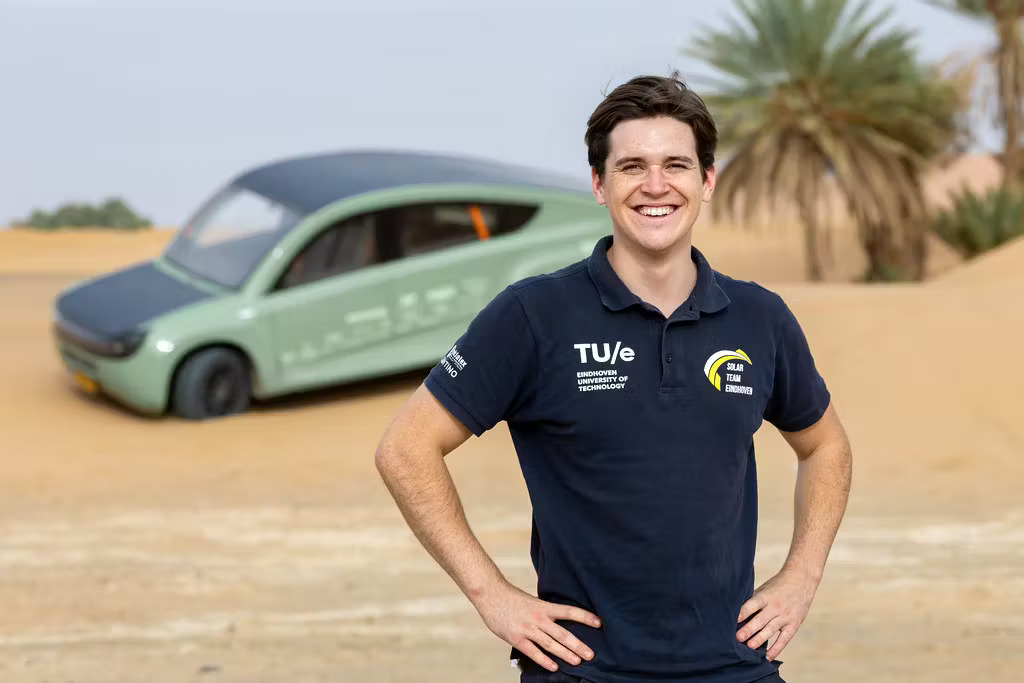
Immediately enthusiastic
“I got to know Symbol during my time as team manager of the Solar Team Eindhoven, a TU Eindhoven student team,” he begins. “With this team we built the Stella Terra, the first off-road car that runs on energy from the sun. Symbol was a partner in this project. When I was asked if I wanted to come work for Symbol until the start of my master’s in September 2024, I was immediately excited. It employs passionate people with many different backgrounds, it dovetailed well with my studies in Technical Business Administration ánd they offered me a challenging assignment. So the choice was quickly made.”
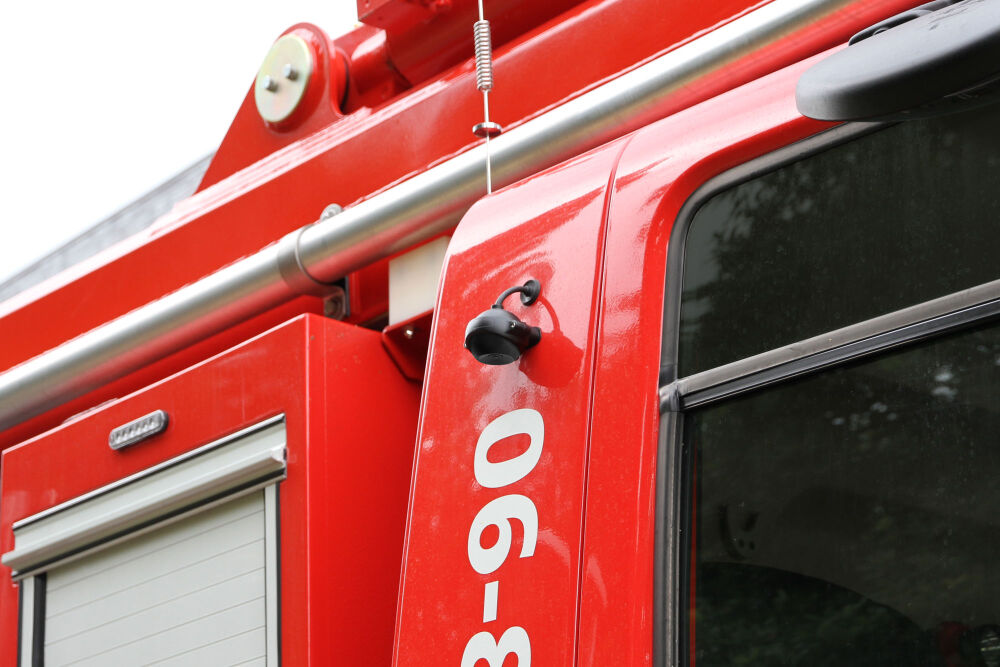

A challenging assignment
That challenging assignment Wisse performed at Stoneridge. This leading supplier of camera and monitor systems for commercial and industrial vehicles supplies top manufacturers worldwide.
He says, “In this industry, changes made to products must be well documented and communicated with customers. Transparency is paramount.
That is why there is a Product Change Notification process (PCN), a process by which customers are asked for approval of modifications. ”
Over 9000 documents
His first task: charting Part Submission Warrants. “A PSW is an agreement with customers on a part to be delivered. You can also think of it as a summary of the Production Part Approval Process (PPAP). Customers are sent such a PSW through their customer portal or by mail and have to sign it. What turned out: over 9,000 documents could potentially be a PSW, ultimately 13% of those documents were.”
Short- and long-term overview
One of the changes that customers needed to be made aware of related to the FAMOS camera. A change was made in this camera that improved the robustness of the product and reduced field failures. “I created a work instruction for the PCN. With this you communicate to customers that a change is going to take place and ask which documents they would like to receive for this.
By default, a PPAP consists of 18 documents, but not all of them are required for every customer. For each customer, I documented the requirements. I also made an overview of who needed to be informed by mail and who through their own customer portal. For customers with their own portal, I made the login information transparent, as it was often missing. And I updated the data of our internal contact persons and account managers for all customers. The result: short- and long-term overview.”
A workable work instruction
For the work instructions for the PPAP and PCN of the FAMOS amendment, an existing template from Stoneridge served as the basis.
“That way it could easily be integrated into the organization,” Wisse says. “I created a process flow diagram showing all the steps in the process, describing who was responsible for which step and when that person expected to finish his or her work.
Based on feedback from internal colleagues and from Peter Broks – Symbol’s senior consultant with whom I sparred weekly – a final product that was workable for Stoneridge emerged. For example, the first version was very detailed, but I learned that sometimes you have to leave out information so that people will actually use something.”
Long-term improvements
Wisse worked on several sustainable improvements. “The FAMOS change required both general work instructions and customer-specific work instructions. This was a great example of working in practice versus standardizing my work to enable long term improvement. In fact, the work instructions are transferable.
Furthermore, I worked out the PCN procedure for the internal organization so that Stoneridge could make a change faster.
Their current PCN was in fact not comprehensive, which caused a lot of questions from customers.
You want to avoid these questions because they take time and thus cause delays. In addition, I created a work instruction for my successor. My work, Customer Quality that is, is becoming more and more important and more documentation is needed, but it is difficult to find quality people. So a good handover document is very desirable.”
The lessons of the Junior Consultant
Wisse himself has also learned a lot – more than he previously thought would be possible in six months. “For example, I learned how to make sure people are involved internally and externally and know what their role is. You do that by making a clear schedule of your work and coordinating it with everyone involved. I also learned how to deal with people who are always busy, people who prefer to work without planning and people who talk or don’t talk about many details. I also learned how important it is to have an orderly workplace, both digitally and physically. And I learned how important it is for commitment and togetherness to see each other physically. You have to be wherever it is that production takes place.”
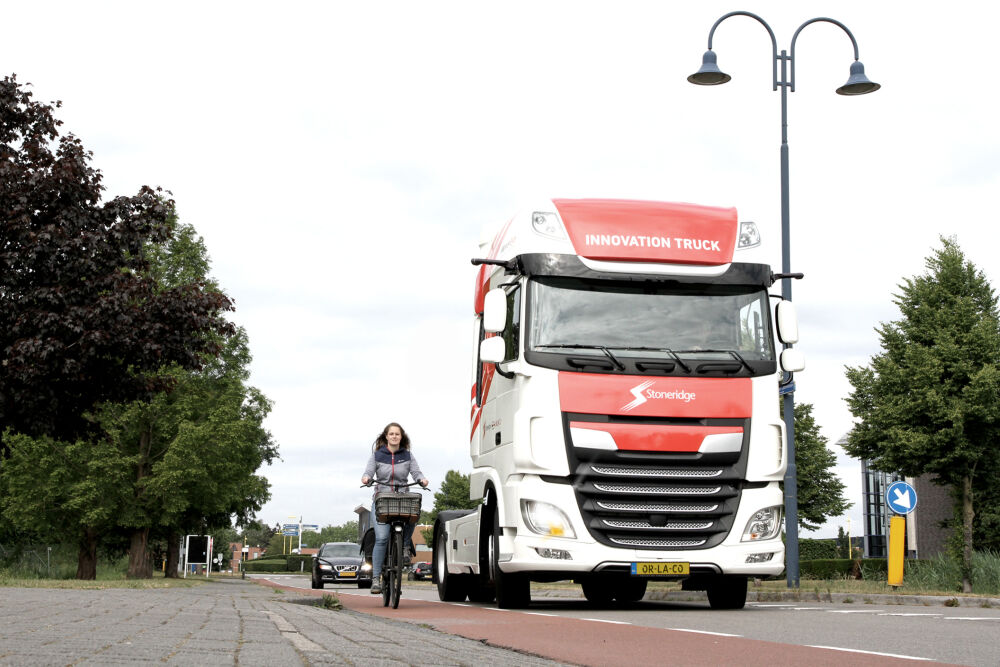
Involvement with Symbol
Although Wisse was at Stoneridge full-time, he always remained involved with Symbol. “I saw my colleagues, for example, at the quarterly meeting or a consultancy day. Weekly I sparred with Peter, as mentioned above, who occasionally stopped by Stoneridge as well. That was very valuable and educational for both me and the organization. And it also gave myself and the client confidence that I could always fall back on Peter’s knowledge and experience. Through Gerbrand and Juan I also stayed up-to-date on the ins and outs of Symbol as an organization, even though I was hardly ever there. I found this involvement very motivating and supportive. And as icing on the cake, Symbol allowed me to take the Lean Six Sigma Green Belt course, the theory of which I now have in my pocket. In the meantime I have started my master’s degree and I no longer work for Symbol. But I can recommend every Junior Consultant to take them up on their offer if Symbol approaches you!”
Also interesting to read
Optimize Quality Management with AI Tools
Optimize quality management with AI tools In the modern business environment, quality management is becoming increasingly important. Companies strive to provide high-quality products and services to ensure customer satisfaction and market competitiveness. Quality...
The Netherlands’ youngest Black Belt speaks
A ideal is not yet not a solutionEmiel recently gave a training session on the topic of problem definition and measurable requirements.During the session, he gave several times the feedback that it is not necessary, and may even be undesirable, to think about...
An ideal image is not yet a solution
From ISO 9001 to IATF 16949As consultants with expertise in ISO 9001 quality management systems, we are often asked how best to transition to IATF 16949. For suppliers, certification according to IATF 16949:2016 is an important prerequisite to participate in the...
